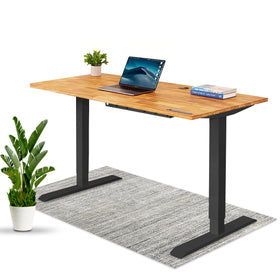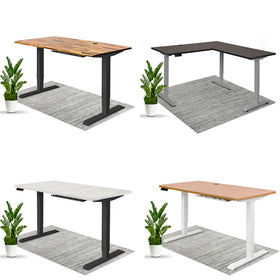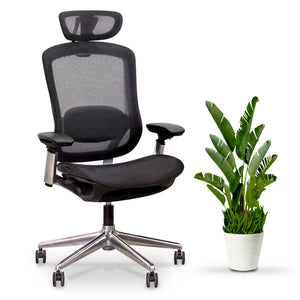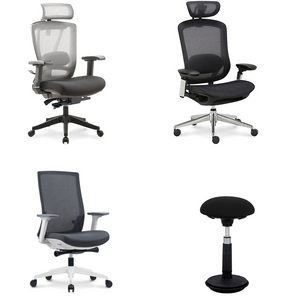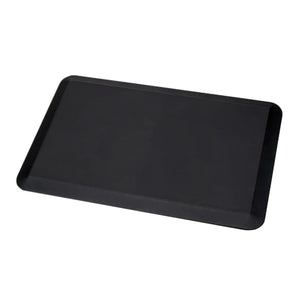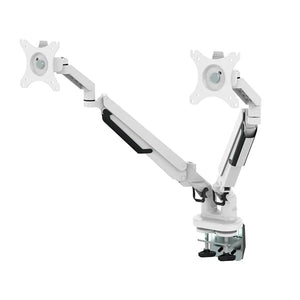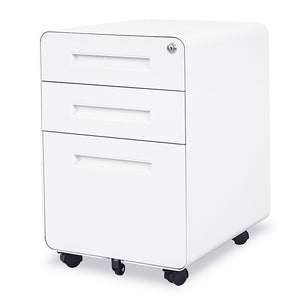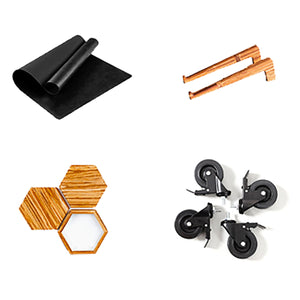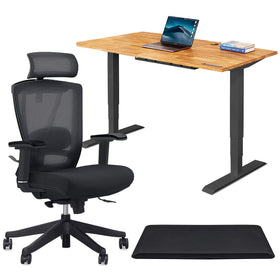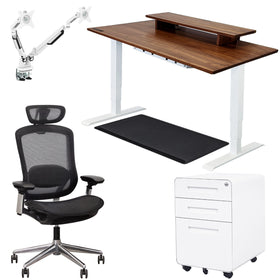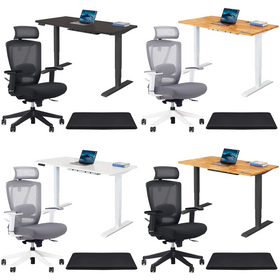
How to Adjust your Standing Desk
Keep reading below for three easy steps on how to properly use your sit-stand desk and reap all the benefits.
1. Adjust your sit-stand desk to your standing height:
- Start with both feet flat on the ground, hip-width apart and arms relaxed to your side
- Keeping your neck neutral, ears stacked on top of your shoulders and stacked on top of your hips, bend your elbow 90 degrees and adjust the desk to run parallel to your elbow and forearms
- Always keep your wrists straight and not inclined up or down
2. Adjust your sit-stand desk to your sitting height:
- Before you even adjust your desk you must adjust your chair. While sitting, keep your feet flat on the ground so your knees are even with your hip. One should not be higher than the other. If your chair cannot be fully adjusted, consider a foot rest to ensure level footing
- Ears, shoulders, and hips should be stacked on top of each other with your back resting on the chair. Ensure your natural low back curve is protected using the back rest
- Adjust the desk so the table top runs parallel with your bent elbow
3. Adjust your monitor:
- Your monitor should be 18-24 inches from your face with the top third of the screen at eye level. You shouldn’t be moving your head too much up or down, this will cause neck pain and headaches as well as shoulder muscle injury
Here are some bonus tips:
1. Save your preferred settings for seamless transitions between sitting and standing.
2. Add or remove accessories as needed. If the armrests are preventing you from acquiring that 90 degree angle, remove them. If your monitor can’t meet your height requirements, use a monitor stand. Consider using a foot rest if your chair doesn’t allow you to rest them fully on the floor.
3. When standing, shift your weight from side to side or use a foot rest to alternate elevating your foot. Anti-fatigue mats can also be used to alleviate any pressure caused by improper shoe soles, and maximize the standing benefits.
4. Standing all the time is not better than sitting all the time. Switch between using the two and take breaks! Doing some easy exercises will help prevent your body from becoming stiff.
Proper posture cannot be accomplished overnight, it takes time, commitment and a conscience effort. Regular reminders to check your posture will help in the long run in maintaining good posture.







